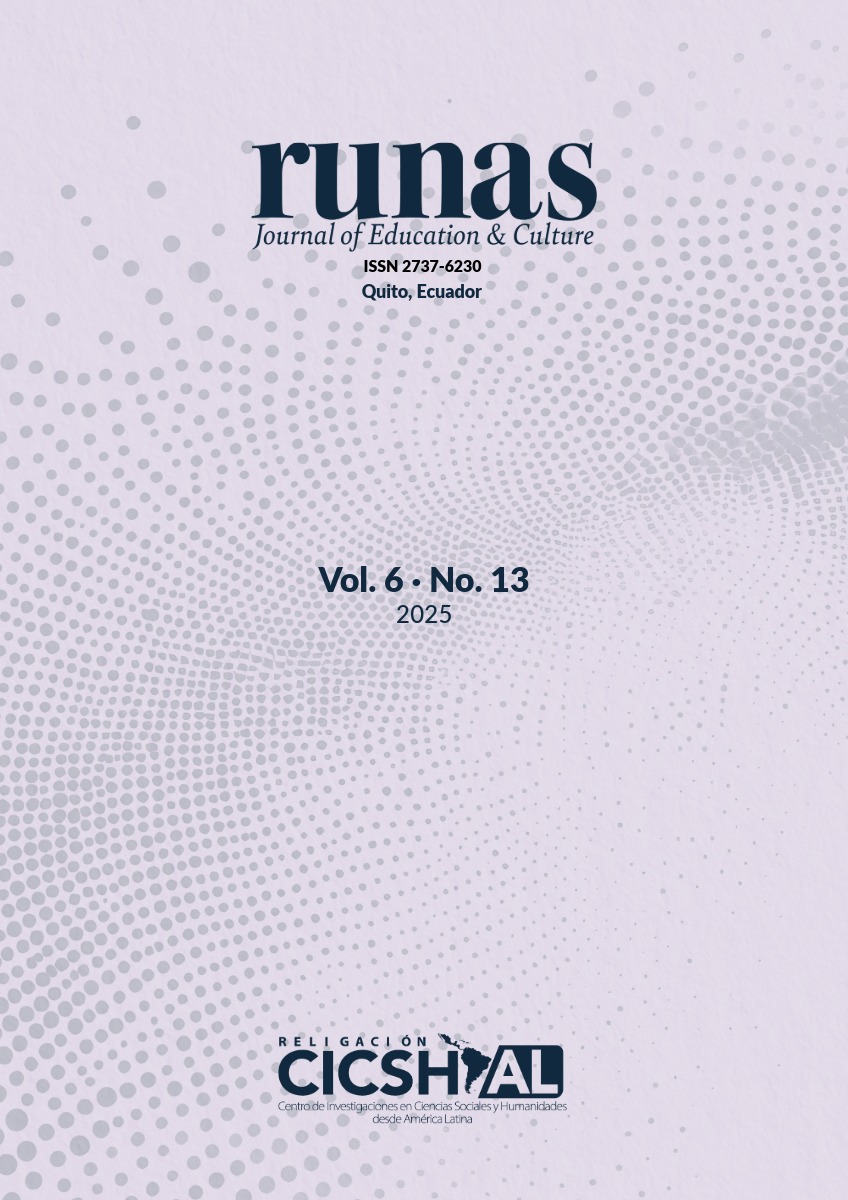Resumen
En un entorno turístico global saturado de estímulos y altamente competitivo, comprender cómo las marcas destino impactan en la mente del viajero se vuelve esencial para diferenciar y posicionar territorios emergentes. El presente estudio aborda esta problemática aplicando herramientas de neuromarketing para analizar la eficacia de la marca destino Riobamba (Ecuador), con énfasis en sus estímulos promocionales físicos y digitales. El objetivo central es evaluar el rendimiento neurocognitivo de la marca en términos de atención, emoción y memoria, utilizando un enfoque cuantitativo con diseño experimental-exploratorio. Se implementó un protocolo multimodal con mediciones neurofisiológicas (EEG de alta densidad), oculométricas (eye tracking de precisión) y tareas conductuales (priming afectivo, pruebas de memoria implícita y escalas semánticas), aplicado a una muestra de 50 turistas. Los estímulos fueron presentados bajo condiciones controladas para capturar correlatos atencionales (P1), afectivos (potencia gamma prefrontal) y mnésicos (P300, sincronización theta-gamma). Los resultados revelan deficiencias significativas en la activación atencional y emocional frente a los estímulos de marca. El logotipo de Riobamba generó bajos niveles de fijación ocular (TTFF = 4.2 s) y amplitudes reducidas del componente P1 (1.8 ?V), mientras que la activación emocional fue insuficiente (z = -1.24). Además, el reconocimiento de marca se ubicó por debajo del nivel de azar (d' = -0.31), indicando una débil codificación mnésica. Se concluye que la marca destino Riobamba no cumple con los umbrales neurocognitivos mínimos para un posicionamiento efectivo, recomendándose su rediseño basado en evidencia neurocientífica aplicada.
Citas
Amara, D. F. (2023). Exploring the Impact of Neuromarketing Exposure and Content on tourists’ Emotional Response Leading to Destination Marketing Attention. Journal of Tourism, Hotels and Heritage, 6(1), 19-30.
Costa-Feito, A., González-Fernández, A. M., Rodríguez-Santos, C., & Cervantes-Blanco, M. (2023). Electroencephalography in consumer behaviour and marketing: a science mapping approach. Humanities and Social Sciences Communications, 10(1), 1-13.
Deng, W., Lin, Y., & Chen, L. (2021). Exploring destination choice intention by using the tourism photographic: From the perspectives of visual esthetic processing. Frontiers in Psychology, 12.
Diotto, M. (2024). Neuromarketing: Las herramientas y técnicas de una estrategia de marketing eficaz para creativos y especialistas en marketing. Hoepli Editore.
Dolnicar, S., & Ring, A. (2024). Tourism marketing research: Past, present, and future. Journal of Travel Research, 63(1), 12-27.
Huang, R. Y., Chang, W. J., & Chang, C. Y. (2021). Destination image analysis and its strategic implications: A literature review from 1990 to 2019. Int. J. Tour. Hosp. Rev, 8, 30-50.
Hudson, S., & Hudson, L. (2023). Marketing for tourism, hospitality & events: a global & digital approach. Sage Publications Limited.
Knutson, B., et al. (2021). Neural predictors of purchases. Neuron, 53(1), 147-156
Lei, M., Chen, W., Wu, J., Zhang, Y., & Lv, Y. (2024). Neurophysiological measures in hospitality and tourism: Review, critique, and research agenda. Journal of Hospitality & Tourism Research, 48(1), 3-31.
Moutinho, L., & Cerf, M. (2024). The Future of Neuroscience and Biometrics in Business. Biometrics and Neuroscience Research in Business and Management: Advances and Applications, 333.
Peker, S., Menekse Dalveren, G. G., & ?nal, Y. (2021). The effects of the content elements of online banner ads on visual attention: evidence from an-eye-tracking study. Future Internet, 13(1).
Pieters, R., & Wedel, M. (2007a). Informativeness of eye movements for visual marketing. In P. Wedel, & R. Pieters, (eds.). Visual marketing: From attention to action (pp. 43–71). Erlbaum.
Pieters, R., & Wedel, M. (2007b). Goal control of attention to advertising: The yarbus implication. Journal of Consumer Research, 34, 224–233.
Pike, S., & Ryan, C. (2004). Destination positioning analysis through a comparison of cognitive, affective, and conative perceptions. Journal of travel research, 42(4), 333-342.
Plassmann, H., Ramsøy, T. Z., & Milosavljevic, M. (2012). Branding the brain: A critical review and outlook. Journal of consumer psychology, 22(1), 18-36.
Ramsøy, T. (2019). A foundation for consumer neuroscience and neuromarketing. J. Advert. Res. Work, 1-32.
Shahzad, M. F., Yuan, J., Arif, F., & Waheed, A. (2024). Inside out. Social media videos and destination branding. Neuromarketing using EEG technique. Journal of Islamic Marketing, 15(3), 886-918.
Vecchiato, G., Maglione, A. G., Cherubino, P., Wasikowska, B., Wawrzyniak, A., Latuszynska, A., & Babiloni, F. (2014). Neurophysiological tools to investigate consumer’s gender differences during the observation of TV commercials. Computational and mathematical methods in medicine, (1).
Wedel, M., & Pieters, R. (2000). Eye fixations on advertisements and memory for brands: A model and findings. Marketing Science, 19, 297–312.
Wedel, M., & Pieters, R. (2008). Eye tracking for visual marketing. Foundations and Trends® in Marketing, 1(4), 231-320.
Wei, Q., Lv, D., Fu, S., Zhu, D., Zheng, M., Chen, S., & Zhen, S. (2023). The influence of tourist attraction type on product price perception and neural mechanism in tourism consumption: an ERP study. Psychology Research and Behavior Management, 16, 3787-3803.
Yüksel, D. (2023). Investigation of web-based eye-tracking system performance under different lighting conditions for neuromarketing. Journal of Theoretical and Applied Electronic Commerce Research, 18(4), 2092-2106.

Esta obra está bajo una licencia internacional Creative Commons Atribución-NoComercial-SinDerivadas 4.0.
Derechos de autor 2025 Pablo Raúl Manzano Insuasti





